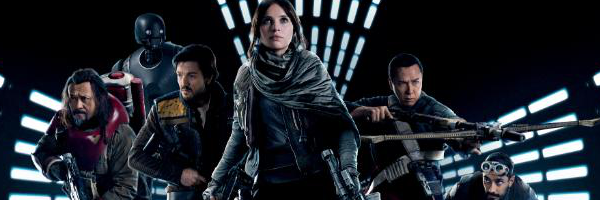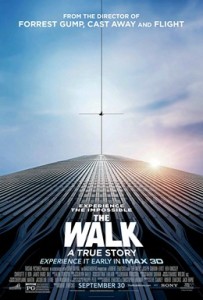*Related Update: Carrie Fisher, R.I.P.
Every once in a while a movie catches you completely by surprise. You go in expecting perhaps nothing more than a mediocre couple hours, and possibly even a complete disappointment, and you walk out thinking “WOW! I really enjoyed that.” That film, for me, was Rogue One: A Star Wars Story.

Rogue One is the 2nd Star Wars offering from Disney since buying the franchise as part of a $4 billion purchase of Lucasfilm. What is essentially Star Wars Episode 3.5, Rogue One fills in the gap between 2005’s Episode 3: Revenge of the Sith, where Anakin Skywalker becomes Darth Vadar, and Episode 4: A New Hope from 1977; what most of us old-timers would call “the original Star Wars.” I’ll be honest, while I love the Star Wars franchise, I have not been completely interested in it since 1983’s Return of the Jedi. That could be due to my youth interests at the time, or could be due to the fact that every Star Wars film since then has been relatively weak in comparison. The simple fact is Episodes 1, 2, 3, and 7 have over-told the story. They try too hard to give story and character background, and just pile far too much onto the viewer. And that doesn’t even begin to address the terrible acting featured in all four films.
But Rogue One is different. It isn’t burdened with a huge backstory to tell because its time frame is very small. The film tells the story of how the Rebel Alliance steals the plans for the Death Star and smuggles them to Princess Leia. Felicity Jones (The Theory of Everything) stars as Jyn Erso–daughter of Galen Erso, the primary architect of the Death Star. Jyn meets up with Rebel Alliance Captain, Cassian Andor (Diego Luna – Open Range), and his droid, K-2SO (Alan Tudyk – A Knight’s Tale), and together with members of “an estranged radical movement within the rebellion” (H/T commenter Dead Rabbit) and a renegade Imperial pilot, the pair cause a fury of chaos and destruction as they locate, penetrate, and raid the Empire base that holds the coveted Death Star plans. No less than the full power of the Empire, including the notorious Darth Vader, stand in their way.

Director Gareth Edwards, a relative newcomer, does a fantastic job bringing writer Chris Weitz’s story to life. The sets were not overly expansive, but loaded with believable detail, even for a science fiction film. The special effects were of the quality one comes to expect from the masters at Disney and Lucasfilm, even bringing to believable CGI life the long-deceased Peter Cushing as the face of Grand Moff Tarkin and a young Carrie Fisher as the face of Princess Leia.
Rogue One has chases, shootouts, dogfights, and tense, palm-sweating drama and excitement that makes it one of the most enjoyable films I have seen in quite a while. The film is rated PG-13, but that is probably because of its laser-blasted violence. To be honest, I didn’t see anything that younger viewers would need to be sheltered from. As a special treat, we watched it in 3D and had DBOX seats. This did accent the experience but wasn’t worth the added cost. The film stands on its own just fine without those extras. But, with that stated, seeing and hearing it in a theater environment is an absolute must, so don’t wait long, as it is already in its second week.






